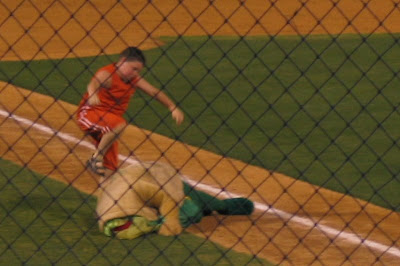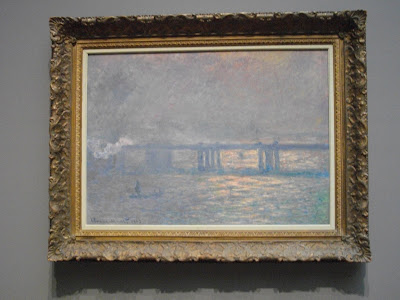
Texas has numerous "only in Texas" moments, and Texas League baseball is one of them.
The Texas League stands out as one of the most historic and interesting of all the minor leagues. In over 100 years of operation, the league has produced many notable events, interesting players and colorful personalities. The league was first formed in 1888 and at times spread over 1,000 miles from Jackson, Mississippi to Albuquerque, New Mexico. Longview, Texas (my home) had Texan Field and the Cannibals of the 1932 Texas League.
The League is always entertaining. On April 30, 1983, the El Paso Diablos pounded the Beaumont Golden Gators 35-21. In 1910, Harry Ables of San Antonio and Arthur Loudel of Waco both pitch all 23 innings of a 1-1 tie at San Antonio. Trailing the Beaumont Exporters 6-2 entering the top of the eighth inning on August 6, 1930, Gene "Half Pint" Rye of the Waco Cubs set a record when he hit three home runs in the same inning. By the end of the game, Rye had driven in eight of the team's 18 runs that inning, leading his team to a 20-7 victory. Tulsa Drillers',Dave Righetti, established a record for strikeouts in a nine-inning game when he whiffed 21 Midland Cubs hitters in 1978.He did not figure in the decision however, leaving the game after nine innings with the score tied 2-2,
Today, the minor league clubs still offer one of the best bangs for your buck entertainment, since anything can happen in the Texas League.
Frisco's Dr. Pepper Field is home of the
Rough Riders the Ranger's AAA team. The stadium looks like an East Coast resort with its greyed clap board siding, reminding the visitor of a turn of the century resort village.

The upper levels are available for private parties.

San Antonio's Nelson W Wollf Stadium, home of the Padres AA farm team the
Missions is owned by the City of San Antonio. The night we visited the "SpamMobile" was there handing out Spam-terrific goodies.

The nightly festivities always include the Mascot Race, where the San Antonio Taco, races a local kid around the bases. Apparently tonight's winner didn't care for the prize, a year's supply of Spam!

Corpus Christi's Whataburger Field is home of the
Hooks the AA team of the Astros. This is one amazing park. It is designed to blend into the surrounding warehouse entertainment district, which also includes a great ice house bar and a converted cement factory - transformed into an outdoor music venue.

The best part of a minor league park is the ability to get "up close and personal" with the players. Here's the view from the bull pen.

You can also, trade pitching strategy with the guys waiting to warm up.

But, the outfield is where the action is. Whataburger Field includes a little league field, volleyball court, and basketball court just past the center field fence.

Right feild is home to a swimming pool for those who want to cool off between innings.

And finally, over the left field bleachers, is the ship channel ~ for those big hitters who want to bounce a homer of a passing tanker!

The night we visited, the Hooks played the Wichita Wranglers in a twenty inning barn burner...
Final Score:
Wranglers...3,
Hooks...2,
Me...0.
Also, here's a peek at the Old Concrete Street Ampitheater

and the Brewster Street Icehouse, located next to What-a-burger Field



























































